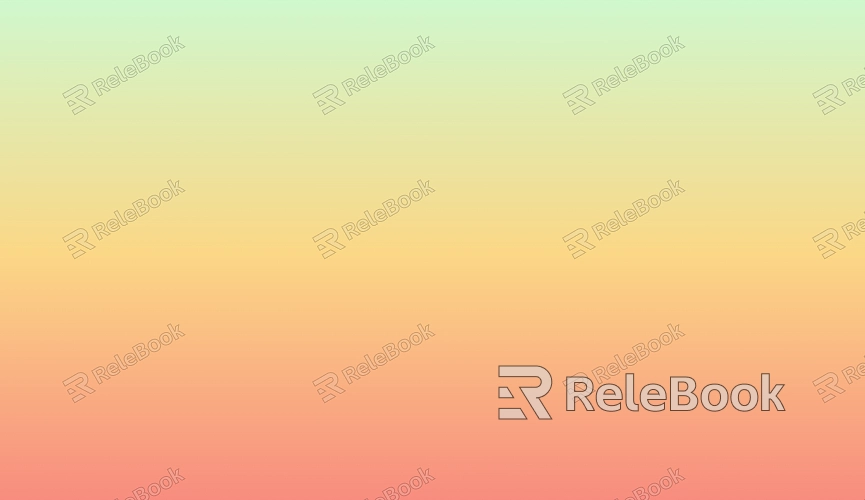Does 3D Coat Use Textures
In the realm of 3D modeling and rendering, the use of textures is crucial for adding realism and visual appeal to designs. Various professional software tools, such as Blender, Maya, and ZBrush, offer robust texturing capabilities. Among them, 3D Coat stands out as a popular choice due to its unique advantages in texture painting and model sculpting. Many designers may wonder, “Does 3D Coat utilize textures?” This article will delve into how textures are applied within 3D Coat and their significance in the workflow.

1. Texture Painting Tools
3D Coat provides professional texture painting tools that allow designers to paint directly onto the surface of 3D models. This feature enables real-time feedback during the creative process, making it easier to refine and optimize designs.
Using a brush-based painting approach, designers can effortlessly create intricate details.
It supports multiple painting modes, including color, normal, and specular maps, enriching the textural effects.
The real-time preview functionality allows designers to adjust parameters instantly while painting.
If you find the process of creating high-quality 3D textures overly complex or time-consuming, or if you're unsure how to begin, consider visiting Relebook. You can directly download high-quality 3D resources at https://textures.relebook.com/ to easily enhance your project outcomes.
2. Layered Texture Management
3D Coat’s layered texture system simplifies the management of complex textures. Designers can apply different textures and effects on separate layers, achieving finer control over the final appearance.
The use of layers allows designers to edit different elements independently, enhancing flexibility in their work.
Different blending modes can be applied to each layer, resulting in diverse visual effects.
The multilayer system facilitates modifications and updates without impacting the overall design.
3. Importing and Exporting Textures
Importing and exporting textures in 3D Coat is incredibly convenient. Designers can bring existing texture resources into the software and export completed textures for use in other applications.
It supports various texture file formats, such as PNG, JPEG, and TIFF, ensuring compatibility with other software.
The export feature allows textures to be saved as maps, making them easy to use in rendering software.
The quick import and export processes enhance workflow efficiency, simplifying team collaboration.
4. Detail and Specularity Management
3D Coat excels at handling details and specularity, enabling designers to add depth and realism to their models.
The use of specular and normal maps enhances the three-dimensionality of models under lighting.
Designers can incorporate wear and tear effects through detail layers, adding authenticity to the models.
Achieving higher levels of detail results in superior final rendering outcomes.

5. UV Unwrapping
UV unwrapping is a fundamental aspect of texture application, and 3D Coat offers powerful tools to streamline this process for designers.
The automatic UV unwrapping feature quickly generates UV layouts, saving valuable time.
Manual adjustments can be made to UV layouts, allowing designers to fine-tune them as needed.
The quality of UV mapping directly impacts texture results, and 3D Coat enhances the efficiency of this process.
6. Real-Time Rendering Support
3D Coat also includes real-time rendering capabilities, assisting designers in visualizing their work during the creation process. This functionality helps designers better manage the overall effect.
The real-time rendering feature allows designers to make timely adjustments as they create.
Visualizing rendering effects improves workflow efficiency, reducing the time spent on repeated adjustments.
Real-time feedback helps designers maintain a balance between texture details and overall aesthetics.
7. Compatibility and Collaboration
The texturing capabilities of 3D Coat are compatible with many mainstream 3D software packages, allowing designers to work seamlessly across different platforms.
Texture files can easily be imported into tools like Blender, Maya, and ZBrush, facilitating integrated workflows.
It supports various plugins and extensions, enabling designers to customize tools and functions based on their needs.
Collaboration with teams is simplified, enhancing the sharing and use of texture resources for improved productivity.
The robust features of 3D Coat for texture handling empower designers to efficiently create and manage their textures. The software’s flexibility and powerful tools not only enhance productivity but also improve the quality of the final rendered output.
If you’re looking for high-quality 3D models and texture resources, Relebook is a platform worth exploring. You can find high-quality materials that are directly applicable to your projects, helping you boost efficiency and create visually appealing results.

